UK REVIEW--The lads of the Raimon football team are back, fresh from winning the Football Frontier in Inazuma Eleven. The action in Firestorm/Blizzard picks up just seven days after the conclusion of the first game, beginning with an epilogue to that tale, resolving some of the former's outstanding plotlines. The celebrations don't last for long, however. Plucky goalkeeper Mark Evans doesn't even have time to return to training before football-mad aliens from Alius Academy decide to invade, on a crusade to destroy the world's schools through football.
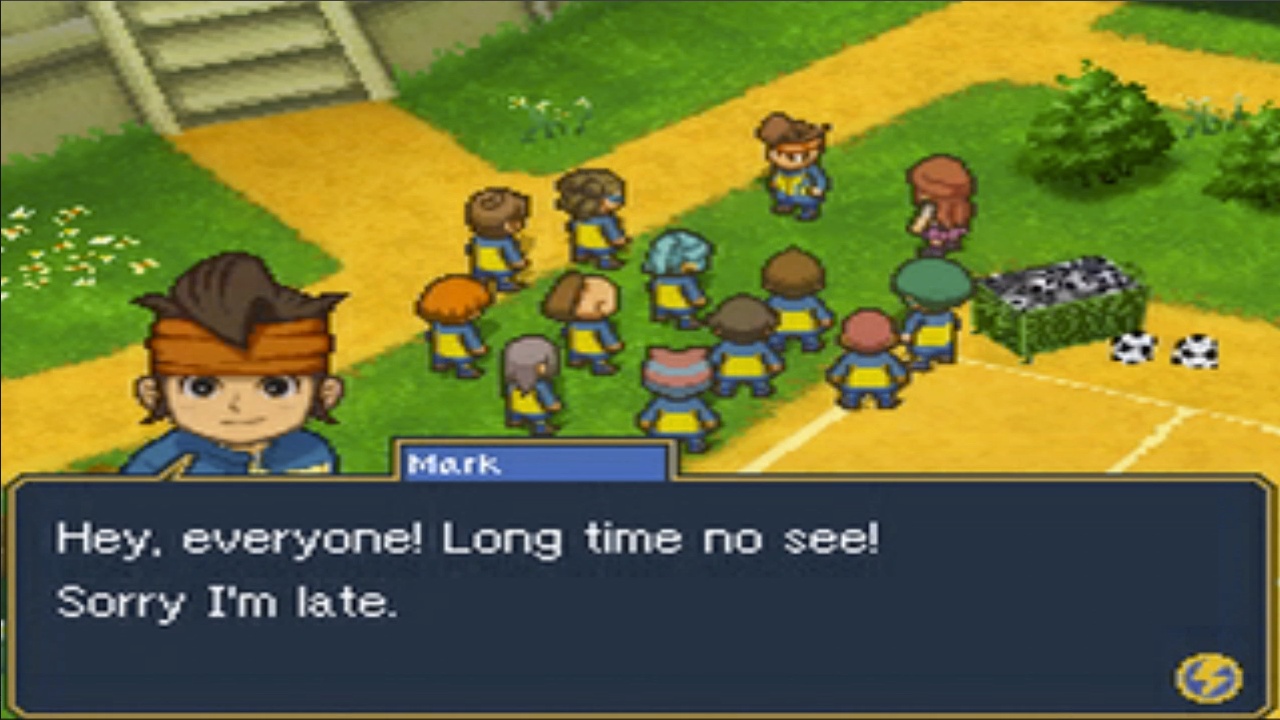
If you played the first Inazuma Eleven, the sequel is immediately familiar. If you didn't, well, this game isn't aimed at you. Despite a number of tutorials, slowly drip-fed over the opening hours, Inazuma Eleven 2 is hugely reliant on your having gone through the first. The plot makes little sense if you aren't already familiar with Mark, Axel, and crew. Mechanically, Inazuma Eleven 2 is also pretty much the same game.
Inazuma Eleven 2 has two primary elements. The first has you and your team wandering around regions, chatting to non-player characters, buying up football kits and healing items, and generally advancing the plot. The kids now have access to a tour bus, so the whole of Japan is fair game. There's nothing really surprising to be found elsewhere--each areas has streets, parks, and schools with football pitches--but the concept of touring around the country allows the areas to look more varied at least. The overworld contains restore points that let you pay PP (points earned through playing football) to heal your characters, as well as training points that let you pay to increase a character's stats, such as power and speed.
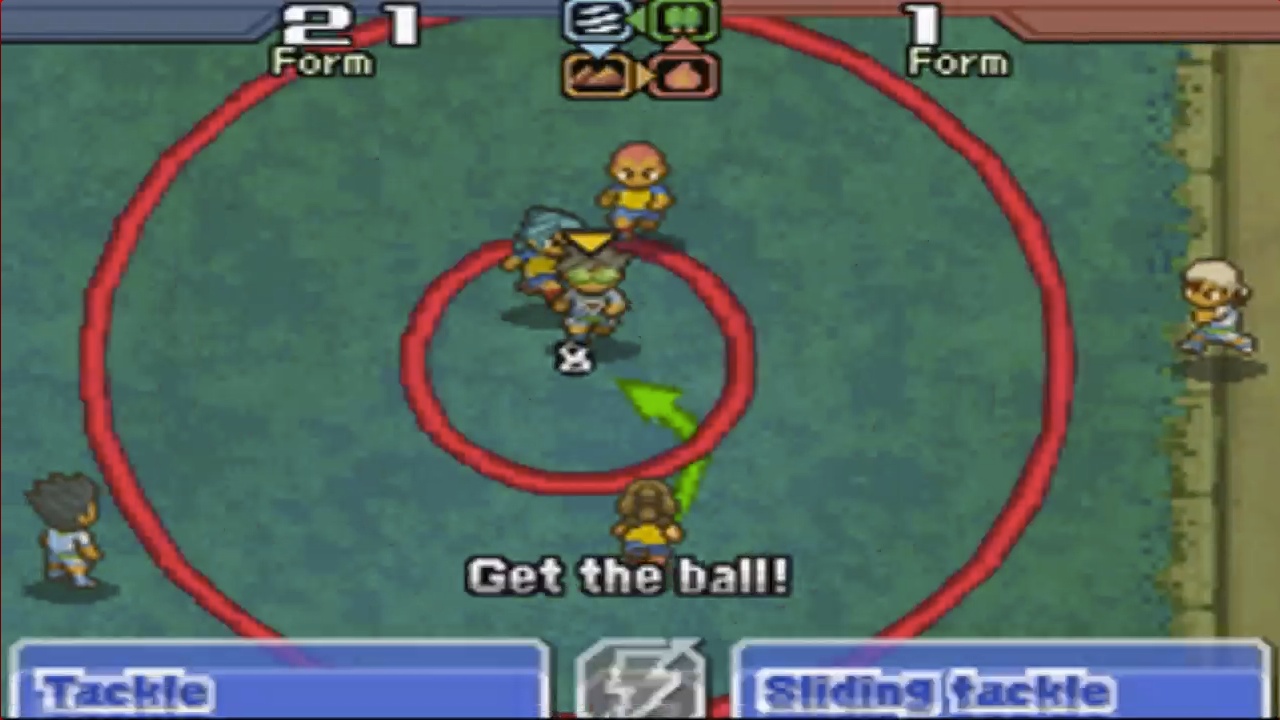
The other element is actual football. On the pitch, you control characters with the stylus, drawing lines to direct them around and tapping to shoot or pass. It's exactly the same system as in the first game, and once again there's no immediacy to the controls, something usually required for an exciting game of football. Unlike in the first game, however, you no longer need to be able to see the goal onscreen to take a shot, since a shot button has been included in the top right-hand corner.
Each player has a bunch of special moves, either their starting moves, ones they learn throughout the course of the narrative, or moves you can teach them from books. These moves are key to winning, with the majority of shots going saved unless powered by a fire-breathing dragon, or turned into a spinning ball of ice. Defensive and offensive possession moves are also once again present, and the success of these depends on how your relevant stats compare to your opponent's.
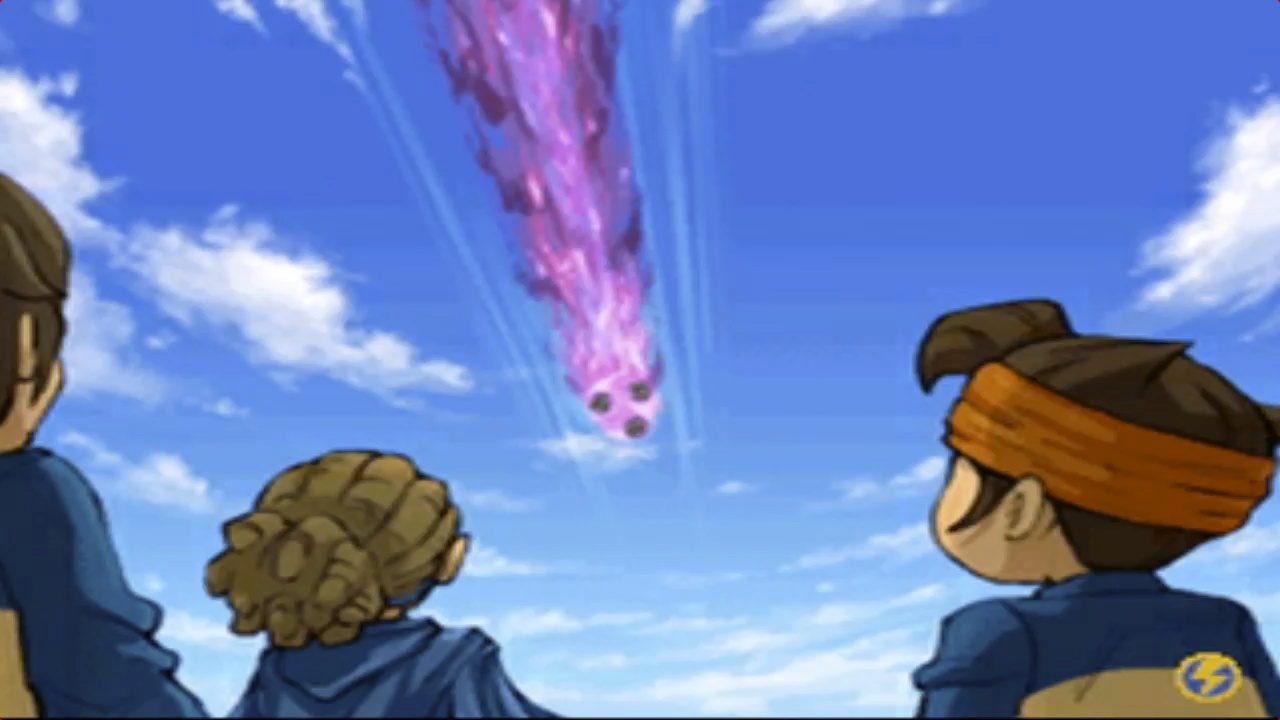
As in the first game, matches take the form of four-a-side random battles or 11-a-side football matches against rival schools. In the former, you must either score first or retrieve the ball. Retrieving the ball takes seconds and is basically impossible to fail. The battles in which you have to score start off a little unbalanced, and you frequently find yourself unable to do so in the time limit. Once your characters start leveling up a bit, though, the battles become a breeze, and the difficulty curve is once again entirely misjudged.
Full matches are a little more involved and crop up a couple of times per chapter, with the option to play friendly games versus any team you've already faced. Here, you control a full team of 11 players and go all out to beat your rivals. At least, that's what happens later. At the beginning of the game, there are far too many matches entirely scripted; for narrative purposes, you can't win them. While the first game often required you to pull off a specific move at a specific time, the sequel simply prevents your shots, blocks, and tackles from having any effect. Once this stops happening and you can play properly, things are a little more fun, but it takes far too long to get to this point. Anyone not already familiar with how Inazuma Eleven works is going to be left confused and frustrated.
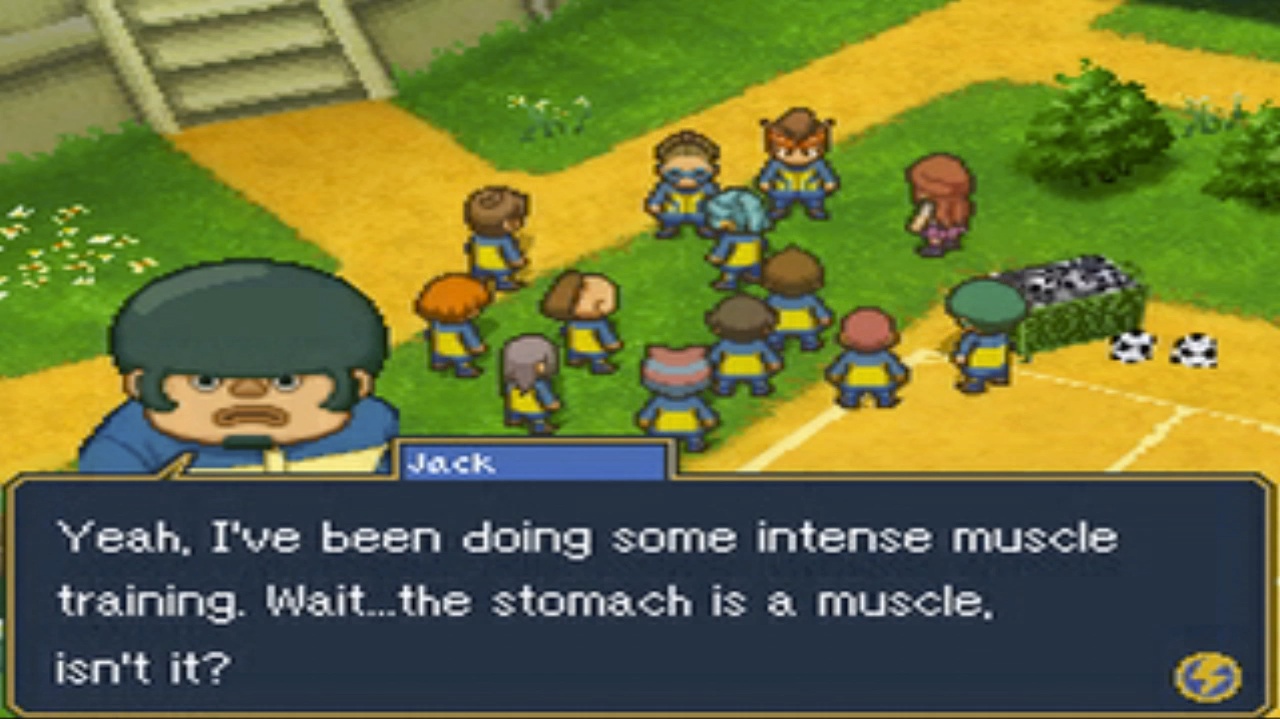
There are a few new additions to the way the game works, but nothing which has much impact. Most notable are the block moves and long shots. Block moves let you block shots going towards goal. For example, a striker may have a shoot move that also functions as a block move. In practice, this simply means you have slightly more special moves to use in defense. Long shots allow you to take a shot at goal from anywhere on the pitch by tapping an onscreen icon and then selecting a special move marked with an L. The long shots are few and far between and add surprisingly little to the overall match flow, given how the shots are nearly always saved.
The other main addition is the inclusion of alter egos, which let you switch between a player's personas, allowing each player to play two positions at different times. For instance, a character could be playing as a striker in the first half, and then you can switch to the alter ego and place the player in defense, with a different move set, in the second half. As you can imagine, given the vast number of players on offer, this is little more than an amusing curio, having no meaningful effect on the way the game plays out. It basically exists to explain away a certain character's backstory involving dead siblings and souls and never comes close to being anything like a game changer.
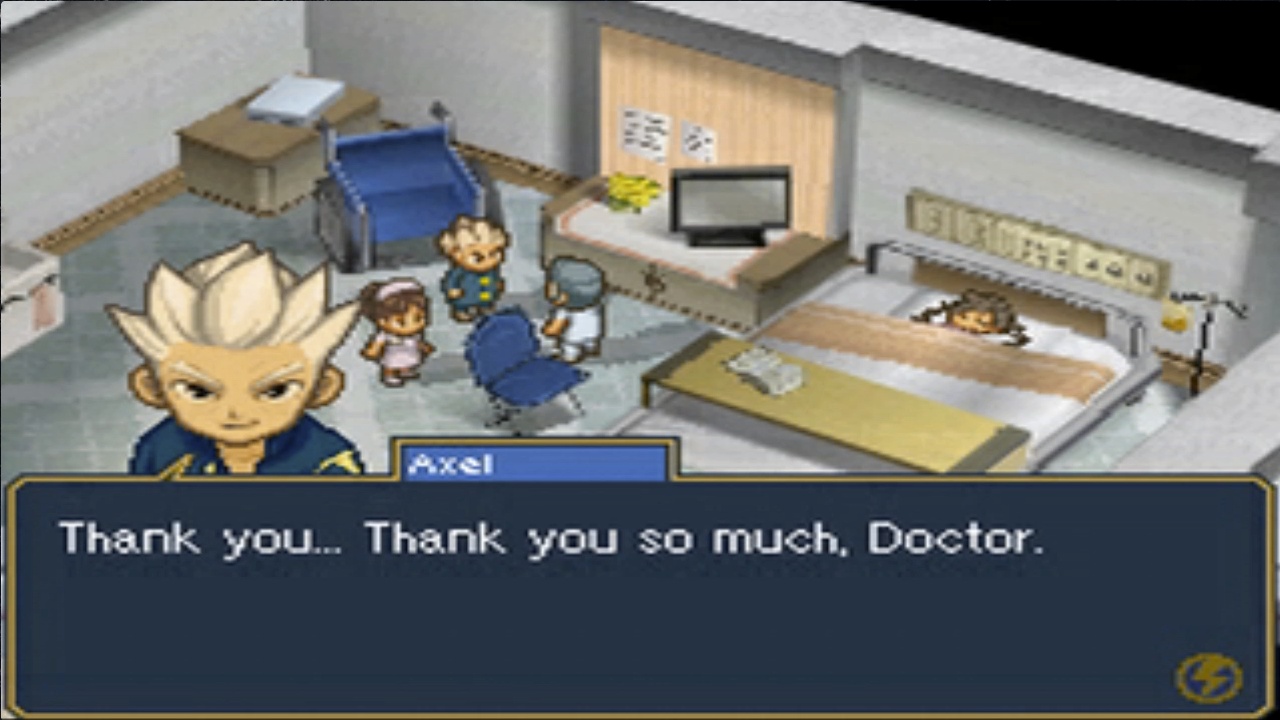
Inazuma Eleven 2 features female players, and you can recruit different (non-story) footballers depending on whether you own the Firestorm or Blizzard version. There's also a narrative subplot involving a budding romance between Mark and one of two girls depending on the version. Other than this, the version differences are minor. There are a huge number of incidental players to recruit (well over a thousand), but there's little collect-'em-all incentive when you can have only 100 players in your roster at once.
Other than these few minor changes, Inazuma Eleven 2 is pretty much the same game you played six months ago, only with a new story. It's the same gameplay, the same visuals, and the same frustrations. The plot is slightly more involved this time, and there's a lot more of it. For the first four or five hours in particular, the action is broken up by reams and reams of dialogue, cutscenes, scripted matches, and tutorials for a system the narrative assumes you already know.
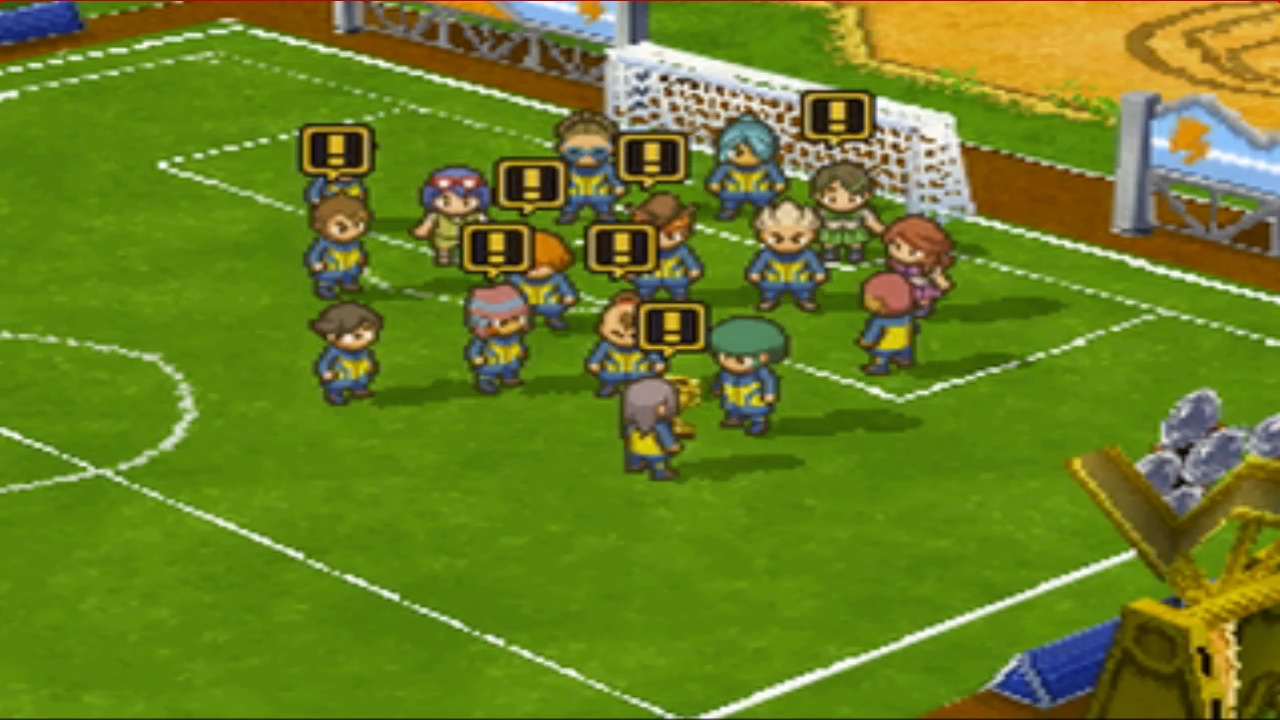
Inazuma Eleven 2 is unlikely to win over critics of the previous game, and it's a fairly impenetrable starting point given its assumption that you know the previous game's story. For those who loved the original and are craving more of the same, it's a worthy follow-up because it keeps every system in place, largely untouched. For those who aren't already on Team Raimon, however, there's little here to celebrate.